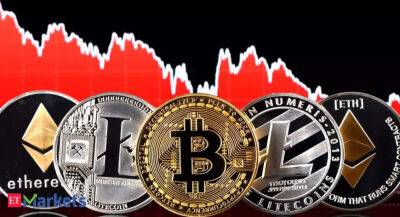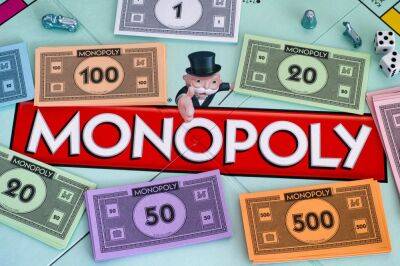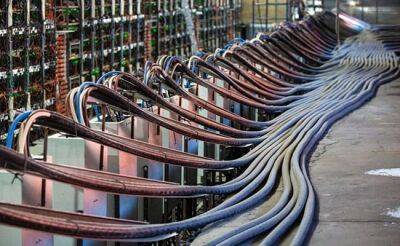Crypto, houses, sneakers, rolexes: How FOMO drove the economy
The lowest-priced, stainless-steel version of the Cosmograph Daytona, the Rolex model that Paul Newman made famous, carries a suggested retail price of $14,550. But you’re unlikely to snag one so cheap.
Demand for luxury mechanical wristwatches has far outstripped supply in the last few years, and the waiting list for the most popular Rolex models — if you can first convince an authorized dealer that you are worthy of one — is now said to be several years long.
According to WatchCharts, a price database for watch collectors, a current-model Daytona sells for more than $40,000 on the secondary market; over the last five years, the Daytona’s aftermarket price has grown by an average of 20% annually, making it a better investment than the S&P 500 over the same period.
It’s not just prices for high-end watches that soared during the pandemic. For a wide range of collectible goods — among them fine art, classic cars, luxury handbags, sneakers, comic books and trading cards — the last few years were bubblier than a bottle of Dom Pérignon (whose prices for certain vintages have also shot up). Then there’s the market for houses, an admittedly more practical scarce good, where prices also rose to intolerable new heights in recent years.
I’ve been thinking about these asset bubbles a lot lately, especially as I’ve been following the crash of Bitcoin, Ethereum, NFTs and the larger cryptocurrency industry that grew so hot during the pandemic.
Proponents of DeFi — crypto jargon for “decentralized finance,” which essentially seeks to replicate the financial services industry with crypto-based systems — argue that the technology will expand access to financial products and unleash a wave of innovation now hampered by the overlords of
Read more on moneycontrol.com

 moneycontrol.com
moneycontrol.com

















